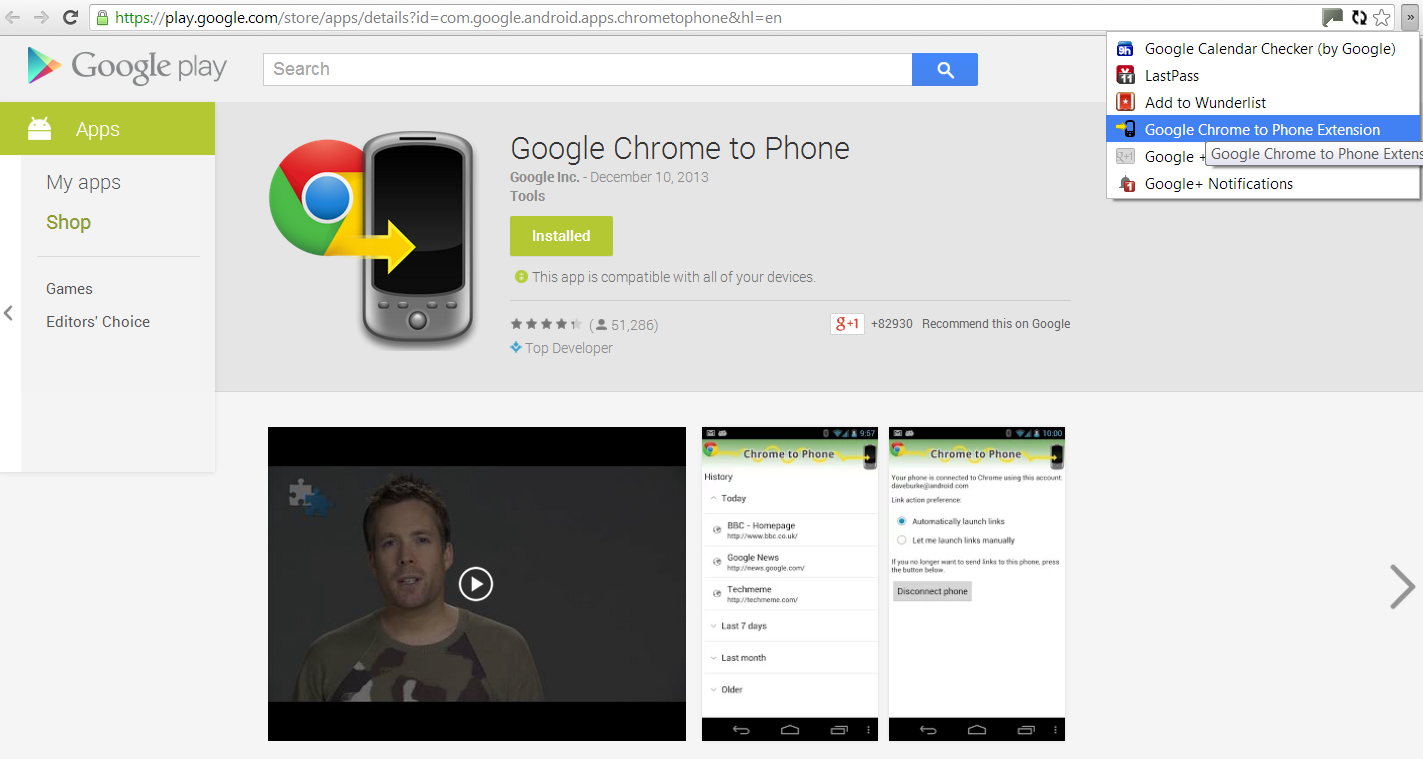

If the user has selected a long phrase, the string would contain the beginning and end words. Boken is proposing adjustments to HTML standards so the feature is supported.Īs for the link, his project proposes encoding a text snippet in the URL with the prefix 'targetText=' followed by a string containing the keywords. We believe this capability could be used by a variety of websites (eg, search engine results pages, Wikipedia reference links), as well as by end users when sharing links from a browser."įor the feature to be useful to all users, Scroll-To-Text would also need to be supported by Firefox, Safari, Edge and others.

"To enable scrolling directly to a specific part of a web page, we propose generalizing the existing support for scrolling to elements based on the fragment identifier.

Fewer than one percent of clients use the 'Find in Page' feature in Chrome on Android," he writes.

This is especially true on mobile, where it can be difficult to find specific content when scrolling through long articles or using the browser's 'Find in Page' feature. "When following a link to read a specific part of a web page, finding the relevant part of the document after navigating can be cumbersome. SEE: How to build a successful developer career (free PDF) Or you could send a link and tell the recipient to search for a word.ĭavid Bokan, the Chromium developer behind the feature, has posted a page on GitHub about the Scroll-To-Text project that explains why it would be useful and how it works. The common answer to this problem is to take a screenshot of the relevant text and maybe share a link to the page it was from. Finding specific text is also difficult from a mobile browser using the fiddly 'Find in Page' feature, which apparently is rarely used in Chrome on mobile devices. Dubbed ' Scroll-To-Text', it is the text equivalent of sharing a link to a YouTube video that jumps to a preselected time.Īs it is, there's no tool in Chrome for creating a link to a certain spot on a web page. The incoming feature was spotted by Chrome Story and has been merged into Chromium source code for a future release.


 0 kommentar(er)
0 kommentar(er)
